Carl Case
OpenSeq2Seq: extensible toolkit for distributed and mixed precision training of sequence-to-sequence models
May 25, 2018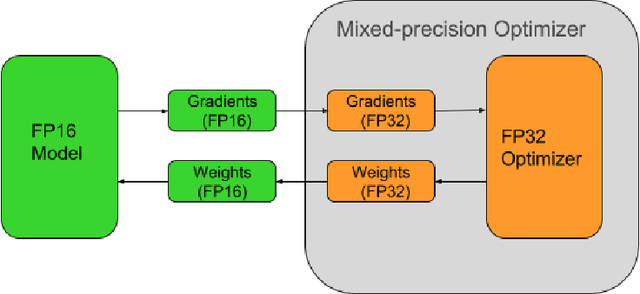
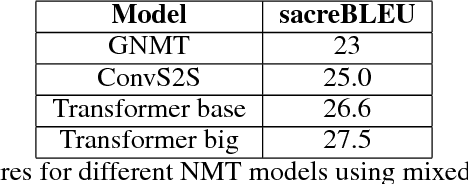
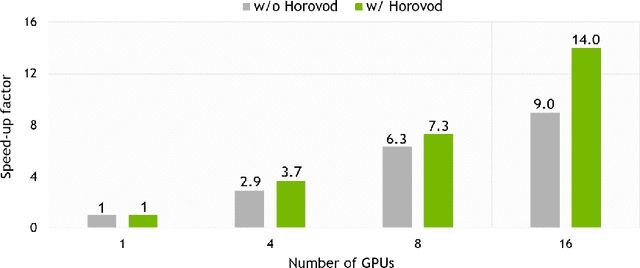

Abstract:We present OpenSeq2Seq -- an open-source toolkit for training sequence-to-sequence models. The main goal of our toolkit is to allow researchers to most effectively explore different sequence-to-sequence architectures. The efficiency is achieved by fully supporting distributed and mixed-precision training. OpenSeq2Seq provides building blocks for training encoder-decoder models for neural machine translation and automatic speech recognition. We plan to extend it with other modalities in the future.
Deep Speech 2: End-to-End Speech Recognition in English and Mandarin
Dec 08, 2015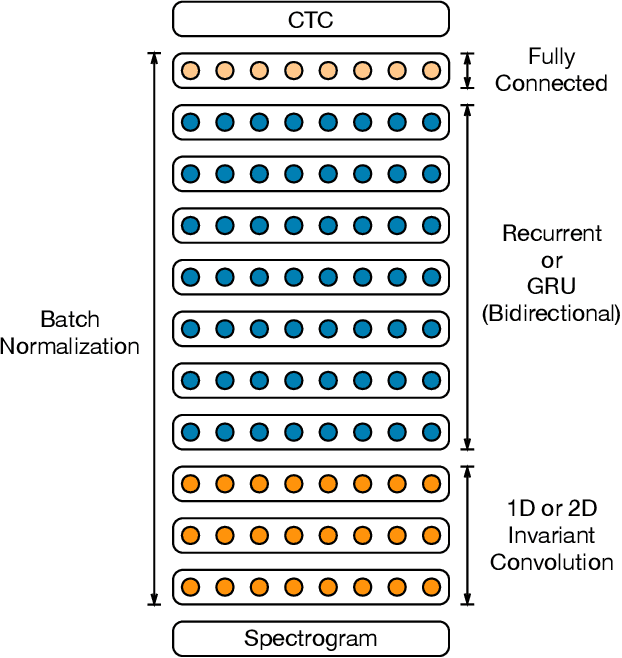

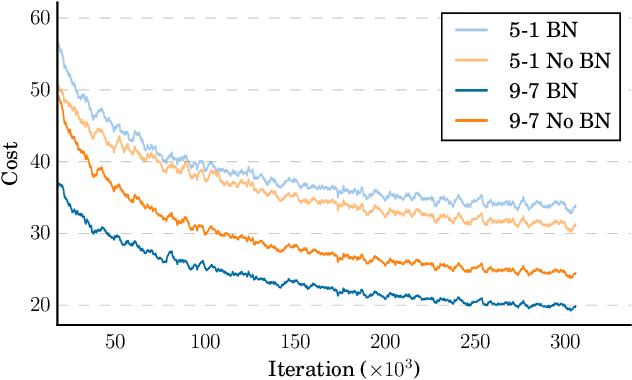

Abstract:We show that an end-to-end deep learning approach can be used to recognize either English or Mandarin Chinese speech--two vastly different languages. Because it replaces entire pipelines of hand-engineered components with neural networks, end-to-end learning allows us to handle a diverse variety of speech including noisy environments, accents and different languages. Key to our approach is our application of HPC techniques, resulting in a 7x speedup over our previous system. Because of this efficiency, experiments that previously took weeks now run in days. This enables us to iterate more quickly to identify superior architectures and algorithms. As a result, in several cases, our system is competitive with the transcription of human workers when benchmarked on standard datasets. Finally, using a technique called Batch Dispatch with GPUs in the data center, we show that our system can be inexpensively deployed in an online setting, delivering low latency when serving users at scale.
Deep Speech: Scaling up end-to-end speech recognition
Dec 19, 2014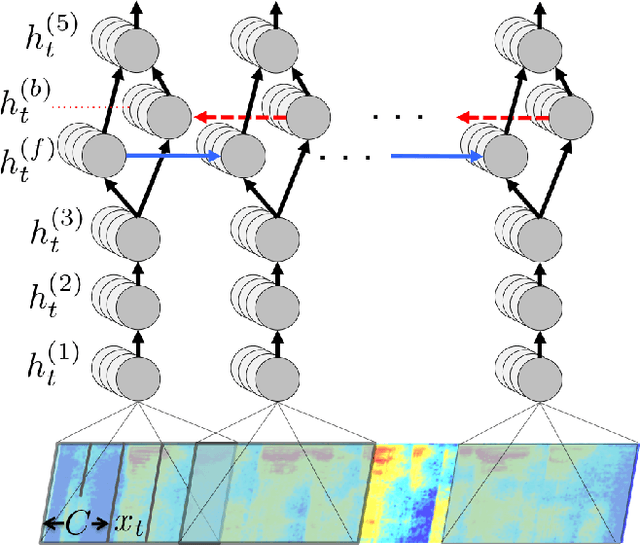

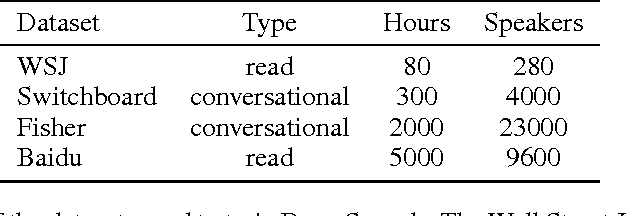
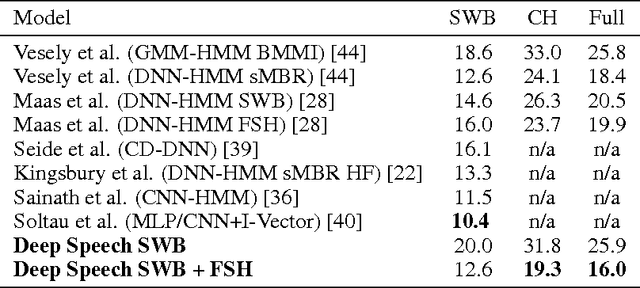
Abstract:We present a state-of-the-art speech recognition system developed using end-to-end deep learning. Our architecture is significantly simpler than traditional speech systems, which rely on laboriously engineered processing pipelines; these traditional systems also tend to perform poorly when used in noisy environments. In contrast, our system does not need hand-designed components to model background noise, reverberation, or speaker variation, but instead directly learns a function that is robust to such effects. We do not need a phoneme dictionary, nor even the concept of a "phoneme." Key to our approach is a well-optimized RNN training system that uses multiple GPUs, as well as a set of novel data synthesis techniques that allow us to efficiently obtain a large amount of varied data for training. Our system, called Deep Speech, outperforms previously published results on the widely studied Switchboard Hub5'00, achieving 16.0% error on the full test set. Deep Speech also handles challenging noisy environments better than widely used, state-of-the-art commercial speech systems.
 Add to Chrome
Add to Chrome Add to Firefox
Add to Firefox Add to Edge
Add to Edge